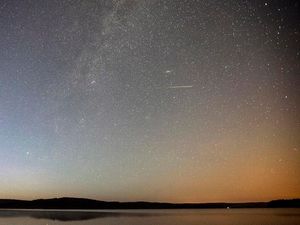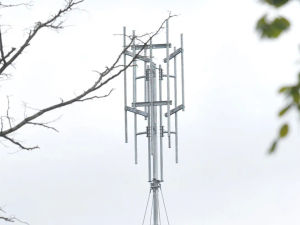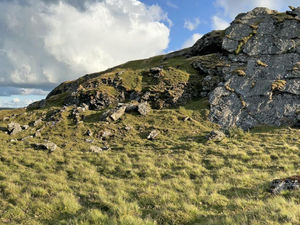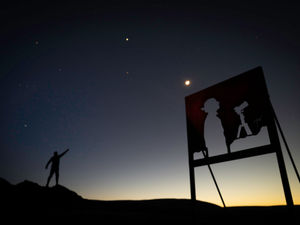Everything you need to know about the Perseid meteor shower
It’s going to be a sight to see.

A spectacular display of celestial fireworks is promised this weekend as the Earth flies through a cloud of cometary dust.
Against a dark sky and weather permitting, people will be able to see the Perseid meteors with two streaking flashes of light visible every minute during the peak time.
Here is everything you need to know:
What is the Perseid meteor shower?
The meteors, mostly no bigger than a grain of sand, burn up as they hit the atmosphere at 58 kilometres (36 miles) per second to produce a shooting stream of light in the sky.
Peak temperatures can reach anywhere from 1,648 to 5,537C (3,000 to 10,000 Fahrenheit) as they speed across the sky.
The meteors are called Perseids because they seem to dart out of the constellation Perseus.
How will you be able to watch it?

The peak time for Perseid watching will be Saturday night and before dawn on Sunday, but the meteors may already be making an appearance.
Get as far away from all artificial lights as you can and allow at least 45 minutes for your eyes to adjust to the dark. The meteors will be visible to the naked eye.
Seen from the Earth, the Perseids appear to originate from one place in the north-east known as the “radiant” which happens to be near the Perseus.
Not only will a waning gibbous moon be rising in the region of the Perseid radiant, but the meteors will be visible for longer when viewed streaking away from their point of origin
So lie on your back, relax and enjoy the show. And don’t forget to take your blanket.
What to expect?

“The Perseids can be very bright and often quite spectacular. Some meteor showers are slow, but we are moving into the Perseid stream so they are coming at us quite swiftly.
“I think under good conditions you might see one or two a minute, probably more towards Sunday morning rather than Saturday.
“You could see none at all for a few minutes and then two or three. You might be lucky or unlucky; that’s the way with meteors.”






